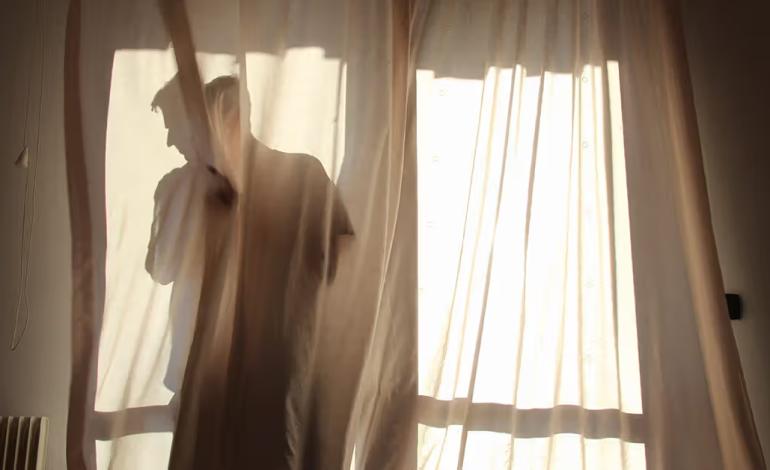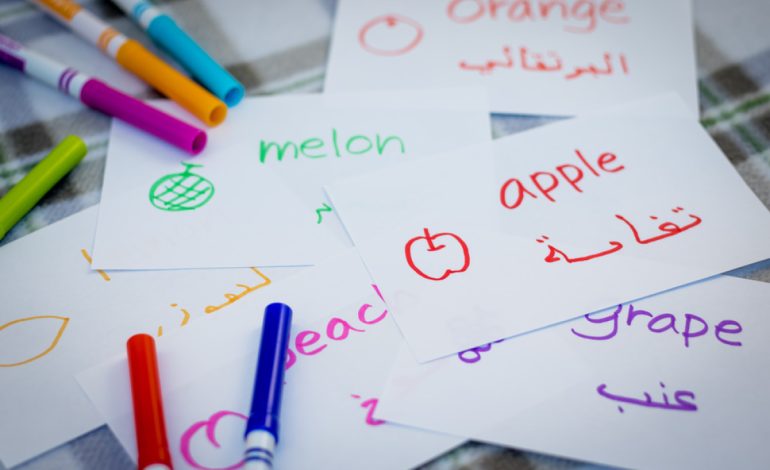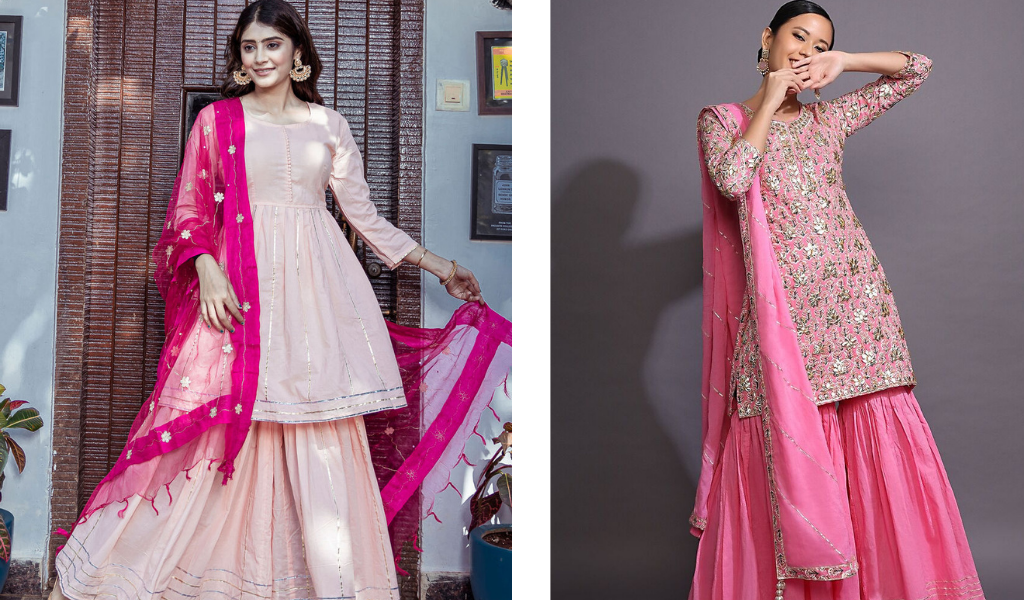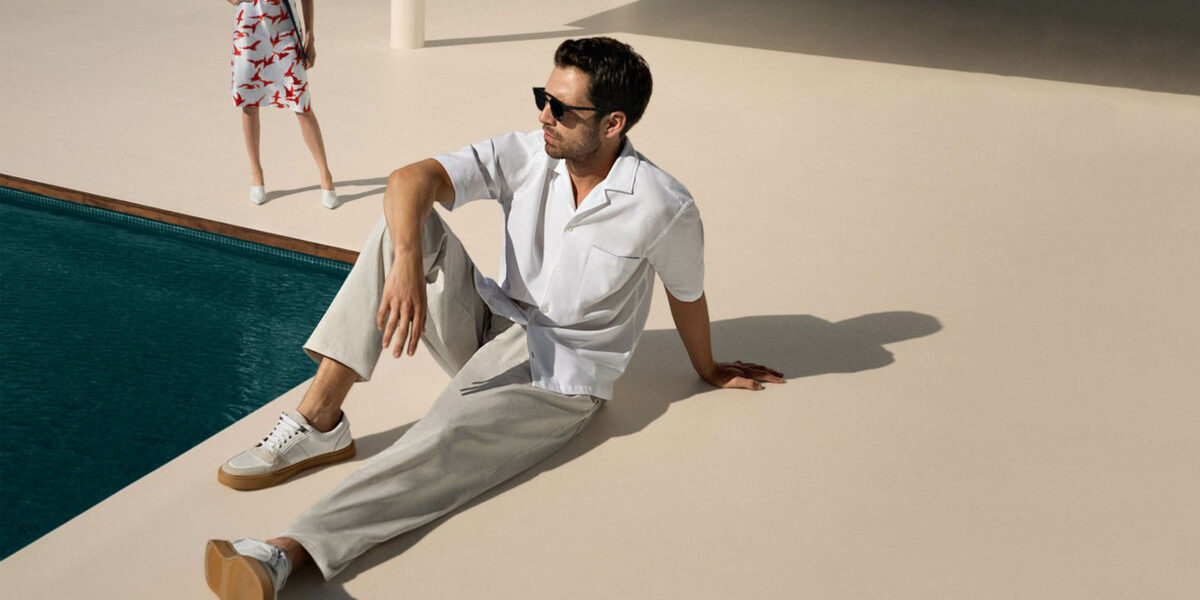
Step into any clothing store in India and you’ll find a wide array of traditional outfits adorning the racks. Among these, the kurta and salwar kameez stand out as timeless classics that have been worn for centuries. While both are popular choices, there seems to be a growing trend among young boys who prefer donning the stylish and comfortable kurta over its counterpart, the salwar kameez. So, why exactly is this shift happening? In this blog post, we will explore the reasons behind young boys’ preference towards kurta and delve into its cultural significance.
Cultural Significance of Kurta
The history of the kurta dates back centuries, with its origins rooted in ancient Indian culture. Traditionally worn by both men and women, this loose-fitting garment has evolved over time to become a staple in contemporary fashion.
In early times, the kurta was primarily made from cotton and adorned with intricate embroidery or embellishments. It served as a practical and comfortable attire for everyday wear in the hot climate of India. As trade routes expanded, influences from Persian and Central Asian cultures led to variations in design and fabric choices.
The cultural significance of the kurta lies not only in its historical roots but also in its association with tradition and identity. In many parts of India, the kurta is considered formal attire for special occasions such as weddings or festivals. It represents elegance, grace, and respect for cultural heritage.
Understanding the history and cultural significance of the kurta helps us appreciate its timeless appeal. Whether it’s worn casually or formally by men or women alike – there’s no denying that this versatile garment will continue shaping fashion trends for generations to come!
Cultural Significance of Salwar Kameez
The history of the salwar kameez can be traced back to ancient times. It is believed to have originated in Central Asia, where it was worn by both men and women as a comfortable and practical outfit. Over time, the salwar kameez became an integral part of South Asian clothing culture.
In India, the salwar kameez gained popularity during the Mughal era. The Mughals brought with them their rich traditions and exquisite craftsmanship, which greatly influenced Indian fashion. The intricate embroidery work on the boys shalwar kameez became a symbol of luxury and elegance.
Salwar kameez also holds great cultural significance in Pakistan. It is considered to be a traditional attire that represents Pakistani identity and heritage. Different regions within Pakistan have their unique styles of salwar kameez, showcasing diverse patterns, colors, and embellishments.
The history and cultural significance attached to this traditional attire make it more than just a piece of clothing – it is a reflection of centuries-old customs passed down from generation to generation
Differences between Kurta and Salwar Kameez
The kurta and salwar kameez are two traditional outfits that have been worn for centuries in South Asia. While both garments share some similarities, there are distinct differences between them.
One major difference is the cut and shape of the garments. The kurta Pajama for boys is a loose-fitting tunic that reaches up to the knees or even longer, while the salwar kameez consists of a loose-fitting shirt (kameez) paired with baggy pants (salwar). This difference in silhouette gives each outfit its unique style and appeal.
Fabric choices also vary between these two outfits. Kurta fabrics tend to be lighter and breathable such as cotton or linen, making it comfortable to wear during hot weather. In contrast, salwar kameez fabrics can range from silk to chiffon or even velvet, giving it a more luxurious feel.
When it comes to styling options, both outfits offer versatility. A kurta can be paired with jeans or trousers for a casual look, while a salwar kameez can be accessorized with colorful dupattas (scarves) and statement jewelry for special occasions.
Reasons for Young Boys’ Preference towards Kurta
When it comes to traditional attire, young boys today are increasingly drawn towards the kurta over the salwar kameez. But what could be the reasons behind this shift in preference? Let’s explore a few possibilities.
Comfort plays a significant role. The loose and flowing design of the kurta allows for ease of movement, making it ideal for daily wear or special occasions. In contrast, salwar kameez can sometimes feel restrictive and constrictive.
Style is another factor influencing their choice. Kurta designs have evolved over time, incorporating modern trends while still staying true to their cultural roots. With vibrant colors, intricate embroidery patterns, and trendy cuts, kurtas offer young boys a fashionable yet traditional look that resonates with their sense of style.
Societal influence cannot be overlooked. As gender roles continue to evolve and blur in contemporary society, wearing a kurta no longer carries any stigma associated with femininity or masculinity. Young boys may find comfort in embracing their cultural heritage without feeling confined by rigid stereotypes.
Advantages of Wearing a Kurta
1. Comfort: One of the major advantages of wearing a kurta is the comfort it provides. Made from lightweight and breathable fabrics such as cotton or silk, kurtas allow for easy movement and ventilation, making them ideal for warm weather conditions.
2. Versatility: Kurtas can be styled in various ways to suit different occasions. They can be paired with jeans or trousers for a casual look, or dressed up with churidar pants and a stole for more formal events. The versatility of kurtas makes them suitable for both everyday wear and special occasions.
3. Traditional Appeal: Wearing a kurta allows young boys to connect with their cultural roots and showcase their heritage. With intricate embroidery, vibrant prints, and traditional motifs, kurtas exude an aura of tradition and elegance.
4. Trendy Fashion Choice: In recent years, kurtas have gained popularity as a trendy fashion choice among young boys. Designers have introduced modern twists to traditional designs by incorporating contemporary elements like asymmetrical cuts or fusion patterns, making kurtas fashionable yet timeless.
5. Confidence Booster: Donning a well-fitted kurta that complements one’s style can boost confidence levels significantly. When one feels comfortable in what they are wearing while also looking stylish, it positively impacts their overall demeanor.
Impact on Society and Gender Roles
By choosing to wear kurtas, young boys are challenging the rigid boundaries set by society that dictate what is considered masculine or feminine attire. They are embracing their individuality and asserting their right to express themselves through their clothing choices. This act of self-expression not only empowers these young boys but also paves the way for a more inclusive and accepting society.
This change in perception has a ripple effect on society as a whole. It encourages open-mindedness, tolerance, and acceptance among people regardless of their gender identity or expression. It helps break down barriers that restrict individuals’ self-expression based on societal expectations.
This trend highlights the importance of diversity within cultural norms. The choice to wear kurtas over salwar kameez shows that there is no single definition of what constitutes traditional attire; rather, culture evolves with time while still preserving its essence.








